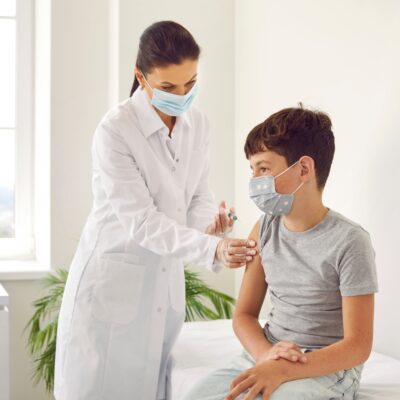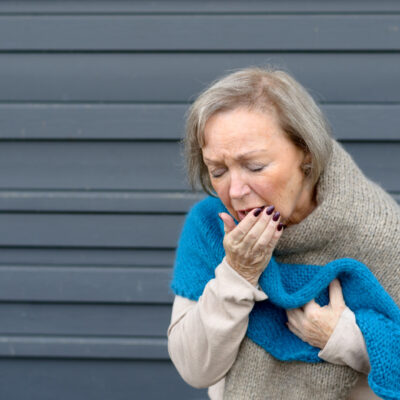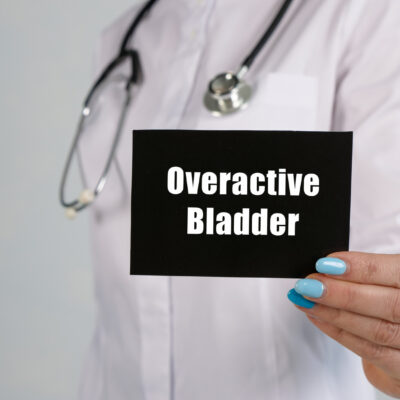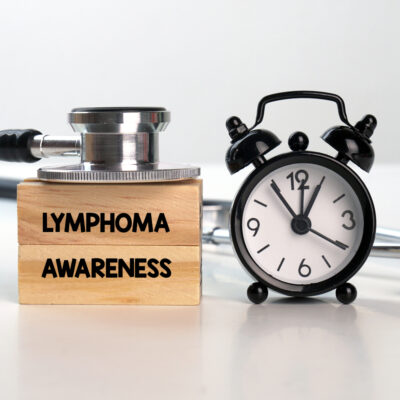
Health Conditions
5 Impacts of Skipping or Delaying Vaccinations
Vaccines have played a crucial role in preventing and controlling the spread of infectious diseases for centuries. In recent times, the development of mRNA vaccines has revolutionized the field of immunology and provided an effective means of protection against several diseases. For example, the Pfizer shot, one of the widely used mRNA vaccines, has been proven to be highly effective in preventing COVID-19 infection and reducing the severity of illness. However, despite the benefits of vaccination, many people still delay or skip getting vaccinated, which can have serious consequences for their health and the health of others. It is essential to understand the importance of timely vaccination in preventing the spread of diseases and protecting public health: 1. Increased risk of contracting vaccine-preventable diseases Skipping or delaying vaccines can leave individuals susceptible to a range of infectious diseases, such as measles, mumps, rubella, polio, and tetanus. These diseases can cause severe complications and even death, particularly in vulnerable populations such as infants, the elderly, and those with weakened immune systems. 2. Spread of diseases When a large number of individuals in a community are not vaccinated, it creates an environment in which diseases can spread easily. This puts the entire community at risk, including those who have received vaccinations.
Read More 















